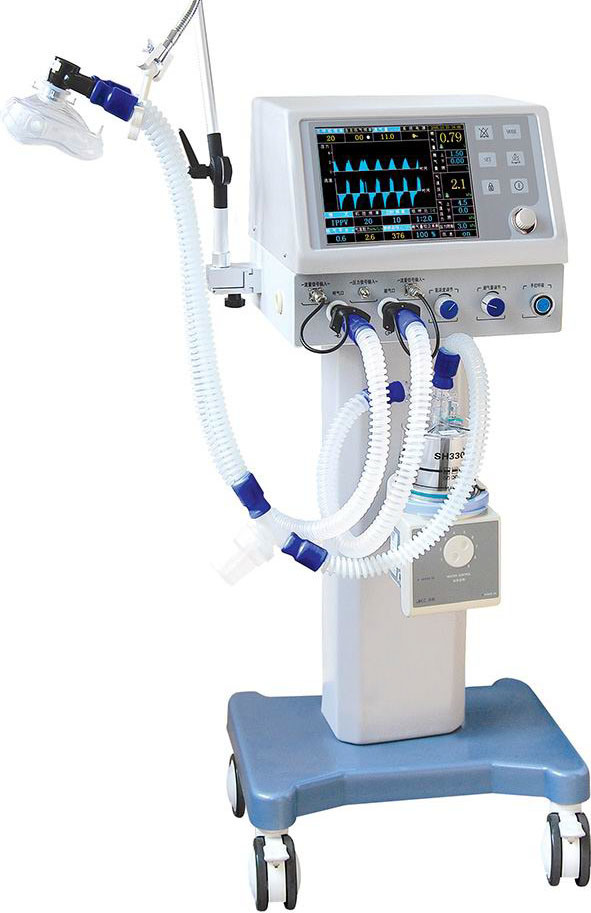A lot of business owners start their companies after spending time in a larger company. For some, like Mark Cuban, that work is at the corporate level. For others, like Jeff Bezos, it might be at the franchise level, flipping burgers and selling French fries. Regardless of where the entrepreneur sits on the company ladder, these experiences serve as an education; aspiring business owners get to see how tasks are distributed, what is prioritized, and how revenue is handled.
As a result of time spent at a large company, some small business owners may begin their own journeys with certain assumptions. For example, they might have been an employee who was paid bi-weekly, and they assume that’s the best option. But small and large businesses have differing needs, and translating certain resources from a large corporation to a burgeoning independent business isn’t always straightforward.
Enter: software tools. Business owners with experiences in larger companies can grow used to certain platforms. From HR software and time-keeping tools to employee benefits and retirement programs, a lot of small business owners start their ventures with a list of platforms with which they are comfortable. Unfortunately, this is one of the details that doesn’t translate well from a large business to a smaller environment. This detail is extremely important, considering recent trends in small business entrepreneurship.
Let’s first dissect large business software needs. These businesses can often afford to spend a lot of money on a premium software tool. The more employees you have, the more sense it makes to spend extra for efficiency. This is especially true for payroll support. These software tools also often integrate other aspects of a business to provide the users with an “all-in-one” experience. For example, a company might rely on a program like Gusto because it can combine Human Resources tasks with payroll management. These companies spend more, and, as a result, they can rely on more comprehensive programs.
However, just because these software tools work well for large businesses does not mean that they translate to small business needs. Smaller businesses need to be selective in what they let software platforms handle. There are software tools available with specific small business needs in mind. They consider everything from smaller budgets to necessary features. Some companies even have a modular approach to reduce costs for the user. For example, Advanced Micro Solutions, which provides payroll software for accountants, among others, starts users with a central platform, then allows them to choose software modules to fit their needs. This means the small business won’t end up paying for more features than what they’ll actually use.
The bottom line: Don’t try to replicate your experience at a large company with your small business, especially when it comes to software. Doing this can set you, and your company, up for failure. Instead, look for tools and resources more tailored to your specific business. It’s okay to maintain a large company mindset – just don’t compromise your potential by purchasing big business tools before you need them.





